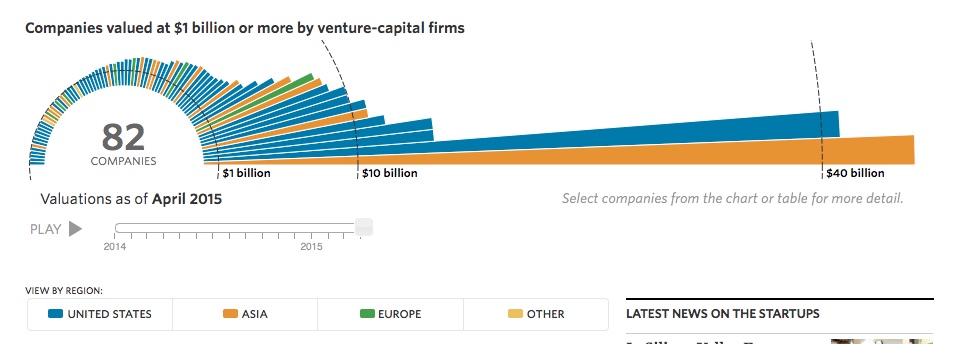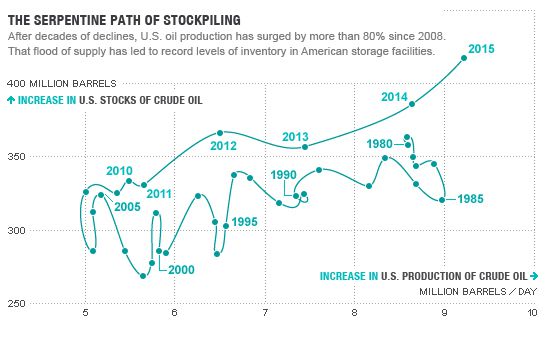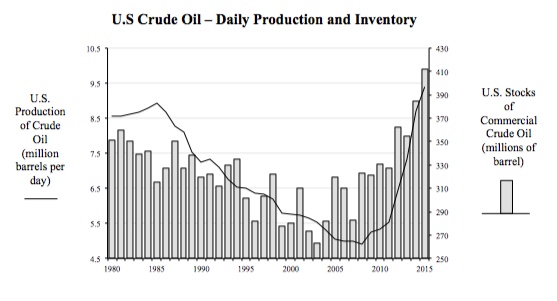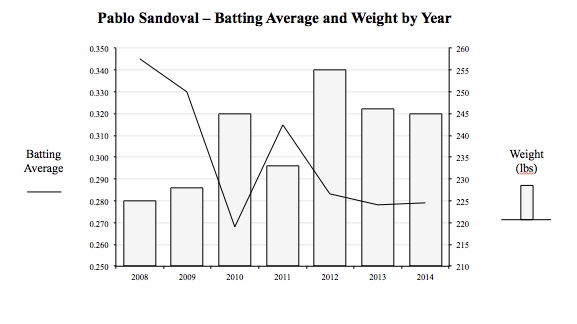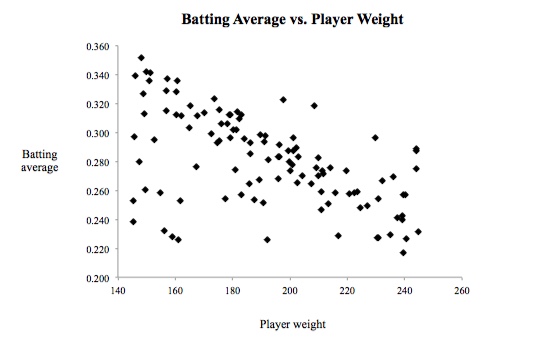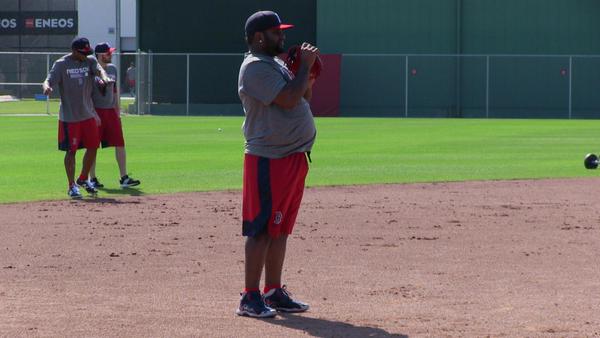During a conversation last week, a friend of mine asked if I’ve read Daniel Kahneman’s book, “Thinking Fast and Slow,” which explores the process of thinking. This raises the age-old debate of whether to rely on intuition in making a decision or invest in further study and analysis. As a numbers-guy, I enjoy and often lean toward the latter, but this isn’t a one size-fits-all choice – both approaches have their place. What’s most interesting to me is how often we take the simpler, quicker route of following our instincts, without even pausing to consider the basis of our instincts.
Personal case-in-point: last weekend I was playing golf in Florida. On the sixteenth hole I pushed my tee shot off to the right. A push, not a slice! My ball came to rest in a sandy area between the fairway and a small pond. As I walked toward it, contemplating club selection, I heard a steady, low hissing sound off to my right. Woah!!! Yep, there lay a gator, perhaps six or seven feet in length, lying still in the sand, maybe ten feet or so from my ball. I kept on walking. And the gator, he just kept sunning himself. Never even budged.
Fast forward a few days to a conversation I was having with another friend recounting my trip. Of course, the gator story came up. “Ah, the gators aren’t a problem,” I said. “They’re used to us. They’ll hiss at you, but as long as you don’t bother them, they won’t bother you.” I wasn’t trying to sound tough, I was honestly just sharing what I believed.
What I believed. Beliefs. The drivers of intuition.
And in this case, my beliefs were based on…., what? A recent, personal experience. A sample size of one. One gator. One hiss. One casual stroll by. No issues.
But what if it had been a different gator? Or even the same gator, but at a different time of day? Or what if I’d gone three steps closer to him? Or it had been a mother with babies nearby? Or what if….?
Our strongest beliefs come from personal experience. And the stronger the belief, the less we feel the need for further thought or study. That’s instinct. It won’t change. So be it. But it’s helpful every now and again to reflect on our beliefs and challenge them. To put them in their proper perspective. To revisit their basis. This makes for better intuition, and thus decision making, when our minds go that route, voluntarily or not.


